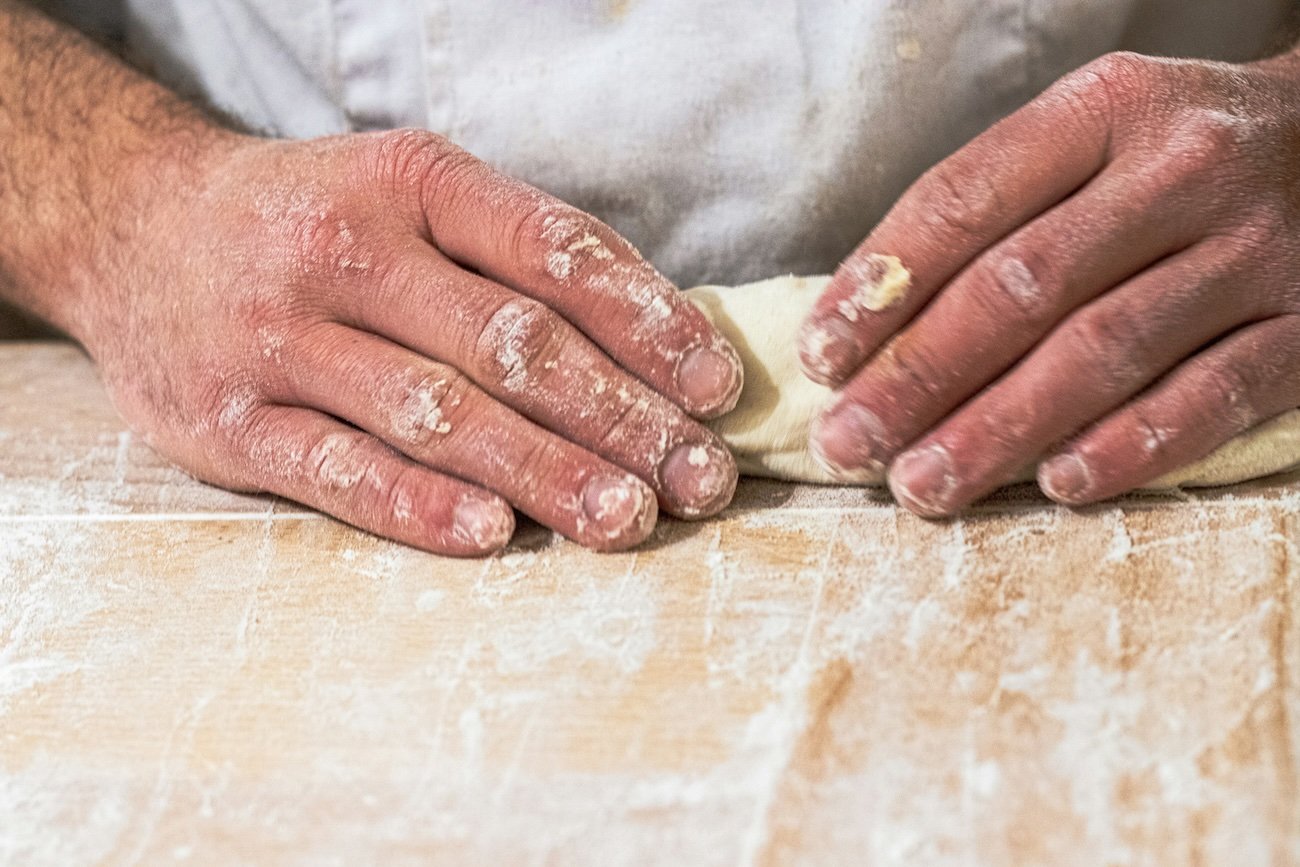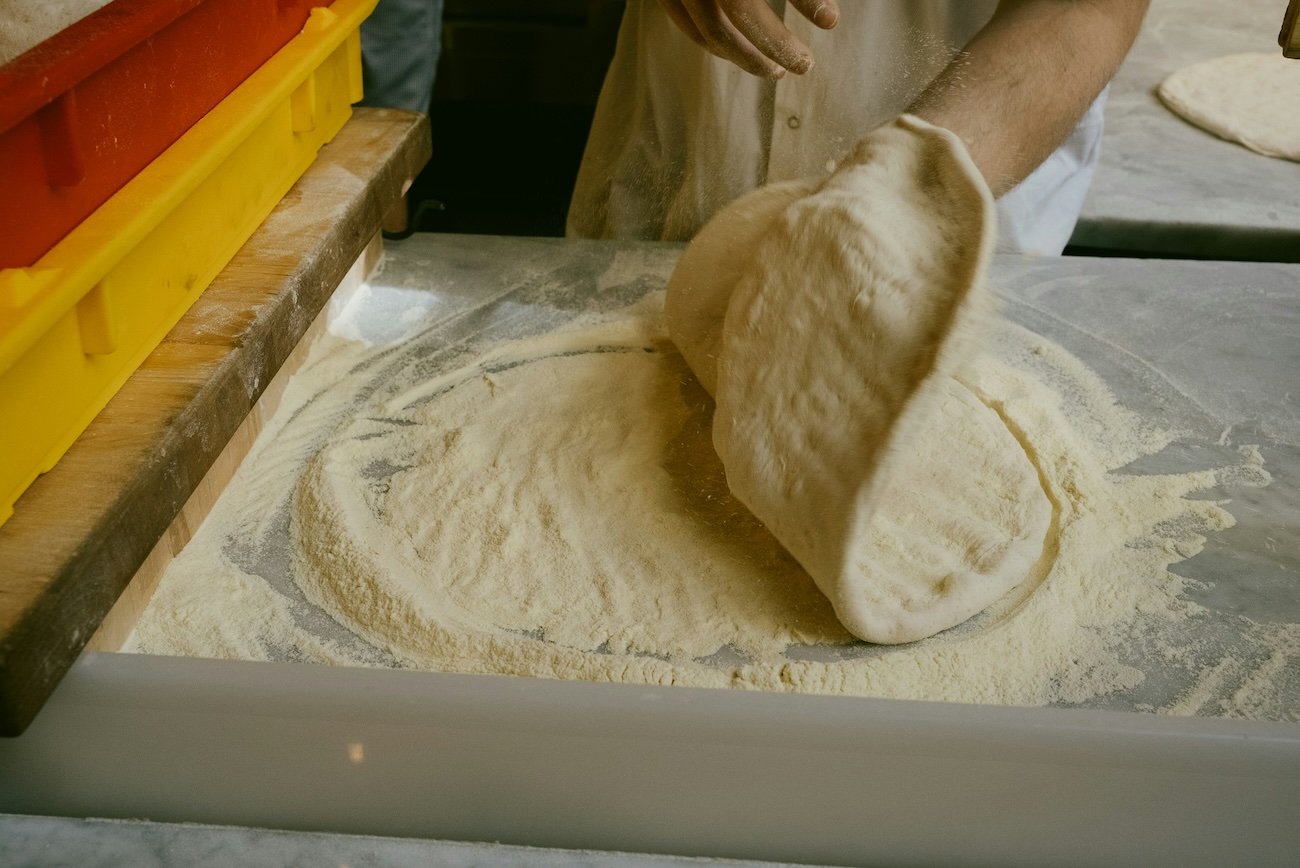Pizza Dough Mixer Guide: Why Stand Mixers Make Better Dough
In pizza making, the debate between hand mixing and machine mixing has been around for decades. Purists argue that kneading by hand gives you a tactile connection to the dough. But modern pizza makers — from home bakers to pros — are discovering that a stand mixer offers clear advantages.
From consistent gluten development to handling high-hydration doughs, mixers deliver results that are hard to match by hand. Let’s look at the five key benefits of using a mixer for pizza dough, plus some tips on choosing the right machine.
1. Consistent Gluten Development with a Mixer
Gluten development is the backbone of great pizza dough. Achieving it by hand takes skill and years of practice — and even then, results can vary. A stand mixer removes the guesswork.
How it works: The dough hook kneads at a steady rhythm, aligning proteins in the flour and creating strong, even gluten strands. This gives you predictable dough structure that rises properly and bakes into a light, airy crust.
- For professionals: Consistency is everything. Customers expect the same pizza every time, and a mixer ensures each batch has the same quality.
- For home bakers: A mixer means fewer failed batches and more confidence, so you can focus on toppings and technique instead of troubleshooting dough.
2. Save Time Kneading Pizza Dough
Time is precious in any kitchen. Hand kneading can take 15–20 minutes of effort, while a mixer does the same job in 8–12 minutes — and it works while you prep toppings or clean up.
- Hands-free efficiency: Add ingredients, set the mixer, and multitask.
- Batch size flexibility: Mix small or large batches with ease — perfect for meal prep, parties, or commercial kitchens.
- Less physical strain: No repetitive kneading motion or sore arms, making dough making accessible to everyone.
3. Better Temperature Control When Mixing Dough
Dough temperature affects fermentation speed, gluten development, and final texture. Hand mixing can warm the dough through body heat, but a mixer keeps things stable.
- Steady speed = steady temp: Mixers maintain consistent motion without sudden heat spikes.
- Less heat transfer: Mechanical action generates minimal warmth compared to hand kneading.
- Precise water adjustments: You can control final dough temperature more accurately by fine-tuning your water temperature — something much harder when mixing by hand.
4. Mixing High-Hydration Pizza Dough
Doughs at 70%+ hydration are prized for light, airy crusts — but they’re sticky and difficult to manage by hand. A mixer makes them easy.
- Wet dough mastery: The dough hook develops gluten in high-hydration doughs without the mess.
- Gradual hydration: Add water in stages with precision.
- Autolyse technique: Brief, controlled mixing makes autolyse easier to execute, improving dough extensibility.
👉 Want to experiment with hydration levels? Try our Pizza Dough Calculator.
5. Better Fermentation & Flavor with Mixer-Made Dough
Flavor develops during fermentation, and the way you mix sets the stage. Mixer-made dough ferments more predictably, giving you deeper, more complex flavor.
- Optimal gluten structure: Even gluten development supports uniform fermentation.
- Reduced oxidation: Less excess air, more flavor retention.
- Consistent fermentation timing: Stable dough structure means you can hit the same flavor profile every time.
Choosing the Right Mixer for Pizza Dough
Not all mixers are created equal. Look for these key features:
- Power: At least 300–400 watts for reliable dough mixing.
- Bowl capacity: 5-quart is fine for home use; bigger for commercial kitchens.
- Dough hook design: Should reach the bottom and sides of the bowl effectively.
- Speed control: Multiple speed settings for gentle mixing and proper kneading.
Best Practices for Mixer-Based Dough Making
- Start slow: Begin on the lowest speed to incorporate ingredients, then increase gradually.
- Monitor consistency: Stop periodically to check and scrape down the sides.
- Windowpane test: Stretch a small piece of dough — it should form a thin, translucent sheet without tearing.
- Temperature monitoring: Aim for a final dough temperature of 75–78°F (24–26°C).
The Future of Pizza Dough Making
Pizza making is evolving, and the stand mixer strikes a balance between traditional craftsmanship and modern efficiency. It doesn’t replace knowledge of ingredients and fermentation, but it gives you the consistency and control that lets your skills shine.
Whether you’re a home baker or a professional, using a mixer can be a game-changing decision. From consistent results to time savings and enhanced flavor, it’s an investment that pays off in every pizza you bake.
Ready to put your mixer to work? Start planning your next batch with our Pizza Dough Calculator.



